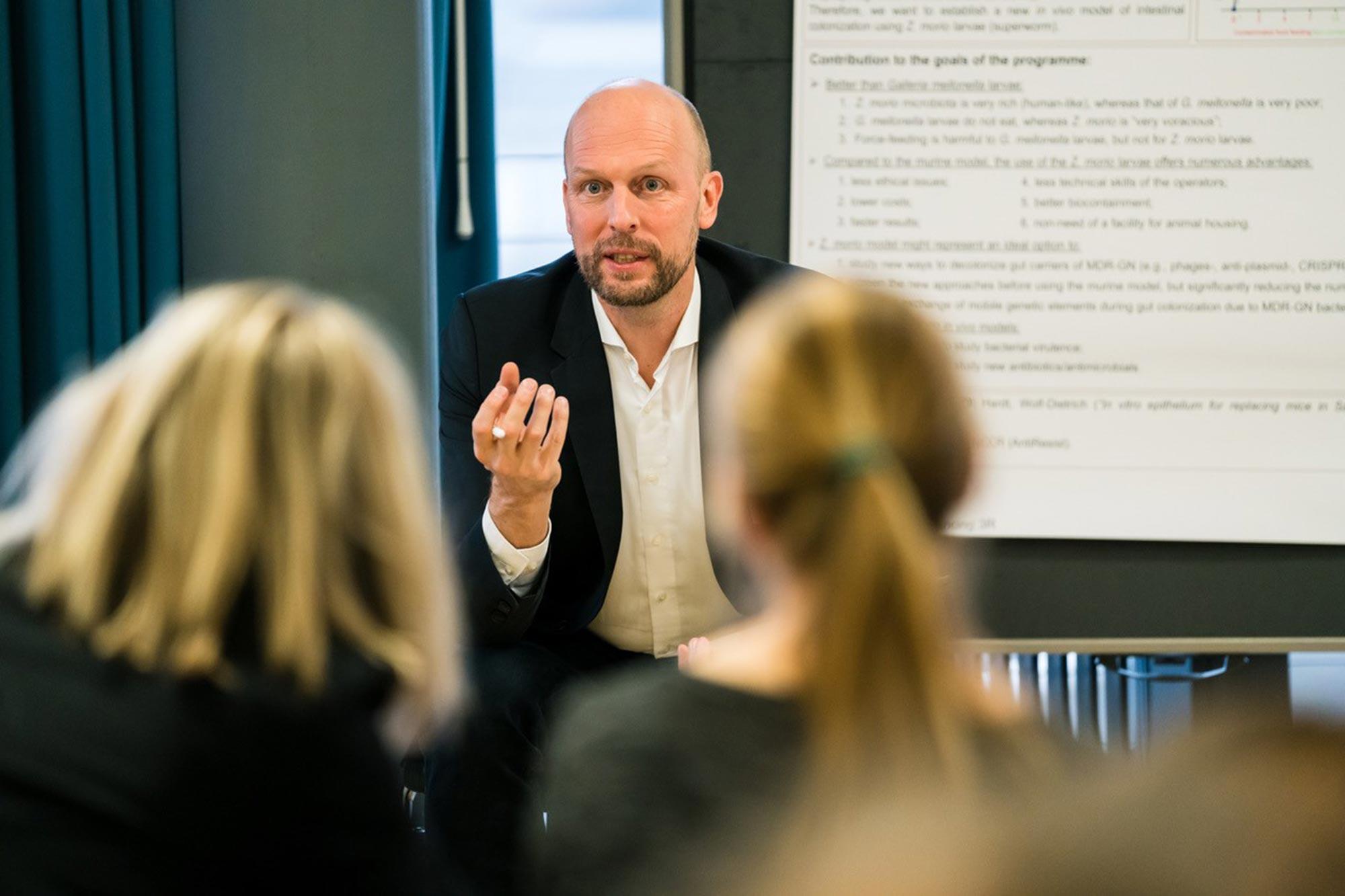3R research: getting to the heart of the matter

A team of experts involved in the “NRP 79 - Advancing 3R” has published its assessment and an overview of the current status of the 3Rs.
Professor Grimm, you’ve written a paper together with colleagues about the current status of 3R research and about the challenges it faces and its future prospects. What made you write this paper?
The idea originally came from the NRP 79 steering committee. We wanted to use the group’s expertise to present an up-to-date picture of the 3Rs and make this complex topic more accessible: How far have we got with the 3Rs – more than 60 years after they were formulated? Where is the journey going? Where is the potential and where are the limits – and why? How can the concept be elaborated further?
You also head the NRP 79 Steering Committee. Is there a link to this paper?
Yes. Most of the authors are members of the Steering Committee and were also involved in developing the NRP. For us as authors, it’s clear that the continued development of the 3Rs is primarily about three interrelated areas: innovation, implementation, and ethics and society. We feel that innovation alone isn't sufficient but that the question of implementation, for example, also plays a key role. The results of research have to be implemented more effectively in practice. We also address the contribution that can come from the humanities and social sciences, as well as from jurisprudence, as implementing 3R is also a social issue. The further development of the 3Rs is an interdisciplinary project.
In your personal view, what are the biggest challenges in advancing 3R?
Work on this paper has, for me at least, made it increasingly clear that a “one size fits all” mentality cannot achieve success in the 3R area. Instead, we need a nuanced approach with specific research areas that pinpoint the potential and limitations of the 3Rs.
Let's take an example: Toxicity testing of chemicals works differently from basic research. While with toxicity testing certain conditions have to be met and it’s clear what can be replaced by alternative methods, it’s fundamentally different with basic research. In our paper we draw attention to such differences.
In the paper’s concluding section you emphasise that the 3Rs face problems in terms of financing and publications. 3R methods are still receiving relatively little funding compared with animal experiments and the publication options – an important factor for young researchers – are also limited. What should be done to change this?
With the NRP 79 we hope to make an important contribution to ensuring that 3R research becomes more firmly established and institutionalised in Switzerland as a successful field of research. That means it must also create career opportunities for researchers. But for this research field to become firmly established it also needs sufficient incentives so that young researchers commit to it.
If, with the help of NRP 79, we succeed in developing further centres of research, then we have already done a lot for Switzerland and for animal welfare in research. And, of course, we want to make Switzerland a prominent pioneer in 3R research and in the advancement of the 3Rs.
What do you hope this publication will achieve?
I hope that lots of people will read it so that they can better understand the essence of the 3Rs – and that this leads to a fruitful discussion about how we can tackle the complex issue of using animals in research in a more effective and nuanced way.
